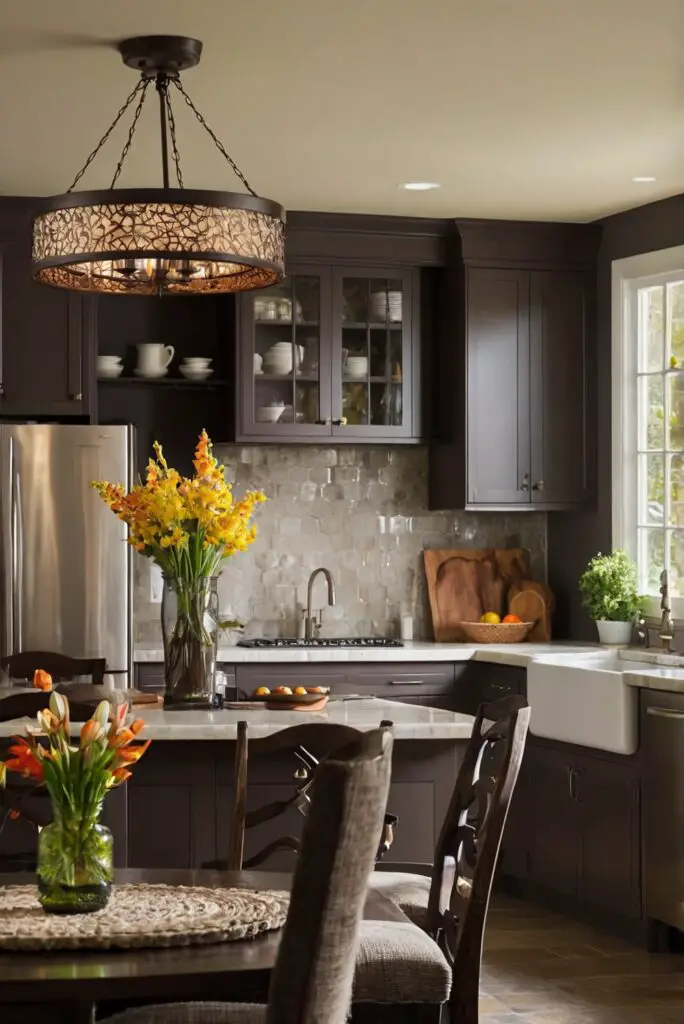Discover how to bring vibrant color into your kitchen with strategic lighting choices. Uncover innovative ideas for brightening up your space.
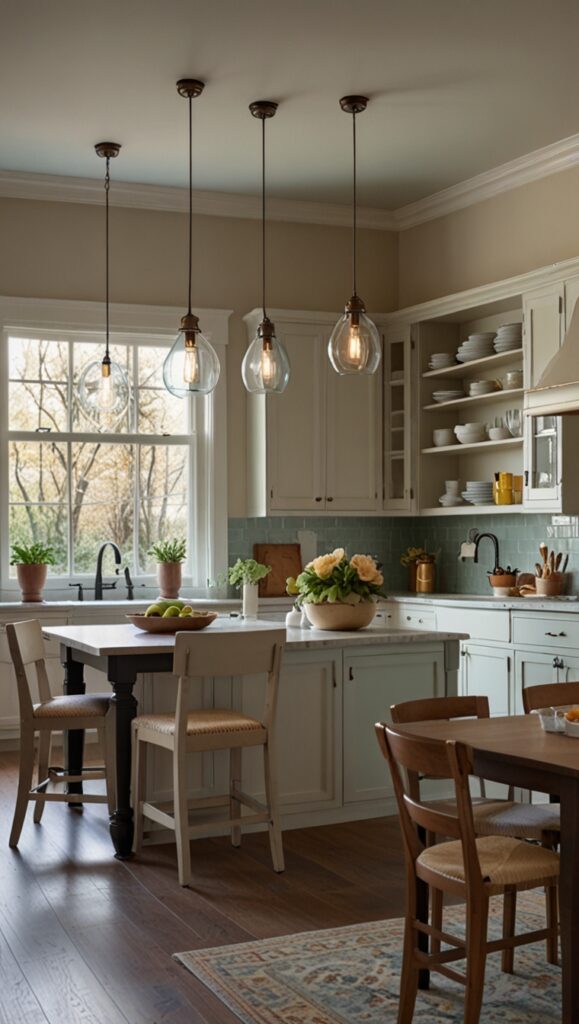
To incorporate color into your kitchen through lighting fixtures, you can consider the following options:
1. Choose lighting fixtures in colorful shades that complement your kitchen’s color scheme.
2. Opt for pendant lights or chandeliers with colored glass or shades to add a pop of color.
3. Use LED strip lights under cabinets or along the ceiling in colors that enhance the mood of your kitchen.
4. Select light fixtures with adjustable color temperatures to change the ambiance based on your needs.
My Lovely Spring Paint for 2025
Ready for a Spring Makeover? Explore the Freshest 2025 Paint Trends!
White Sage/Green SW Pistachio green Soft blue Honeysweet/Orange Pink Sugar Sage Tint BMAs an Amazon Associate, I may earn a commission from qualifying purchases at no extra cost to you.
These options are commonly recommended by interior designers specializing in home decor and space planning, ensuring your kitchen’s lighting fixtures blend seamlessly with the overall design scheme.
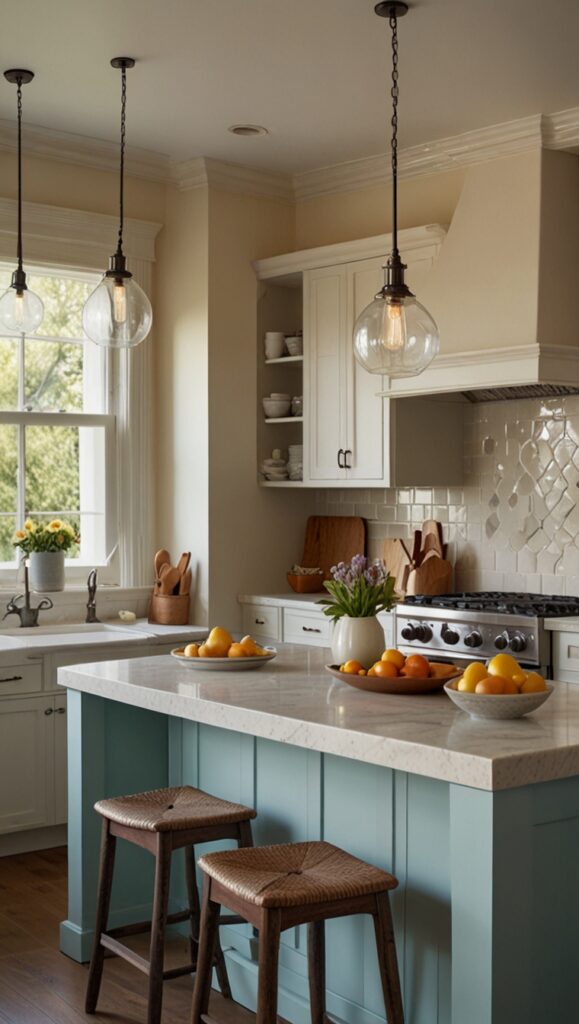
Choosing the right lighting fixtures for your kitchen can significantly impact the overall color scheme and ambiance of the space. Here are some important considerations to keep in mind:
My fAV Spring DECOR for 2025
Discover Spring’s Best 2025 Decor Combinations – Perfect for Any Room!
Oversized Indoor Plants White Curved Sofas Rugs BOH Brown Cream Moroccan Hype Boho Rug Outdoor Patio Furniture Sets Topfinel Pillow CoversAs an Amazon Associate, I may earn a commission from qualifying purchases at no extra cost to you.
– Color Temperature: Opt for warm tones like soft white or warm white (2700-3000K) to create a cozy and inviting atmosphere in your kitchen. Avoid cool tones that can make the space feel sterile.
– Fixture Style: Select fixtures that complement your kitchen’s design aesthetic. For example, modern kitchens may benefit from sleek, minimalist fixtures, while traditional kitchens could embrace more ornate options.
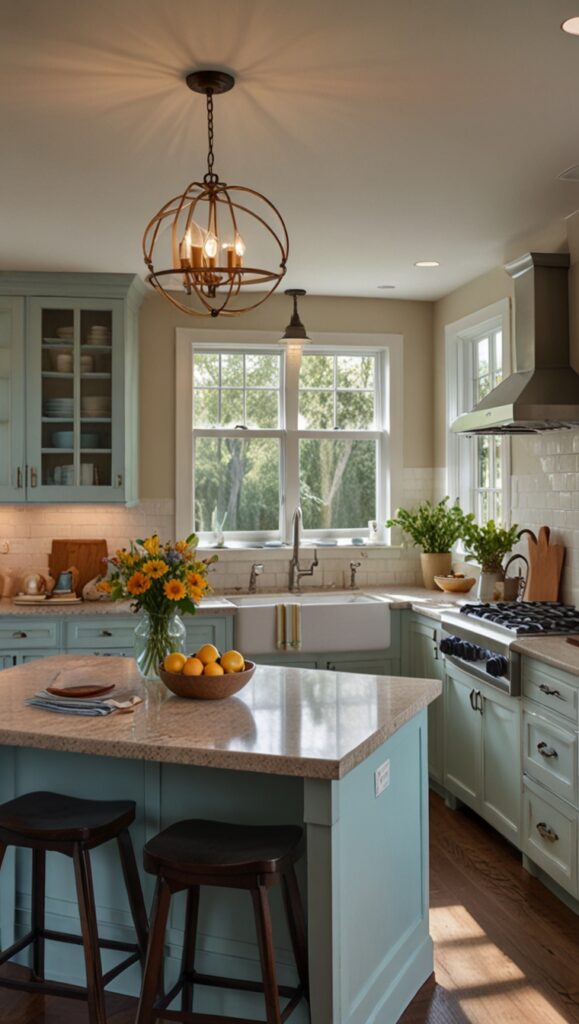
– Color Coordination: Coordinate the color of your lighting fixtures with existing elements in your kitchen, such as cabinet hardware, appliances, or backsplash. This will create a cohesive and harmonious look.
– Statement Pieces: Consider using colorful lighting fixtures as statement pieces to add a pop of color and personality to your kitchen. This can be especially impactful in neutral-toned kitchens.
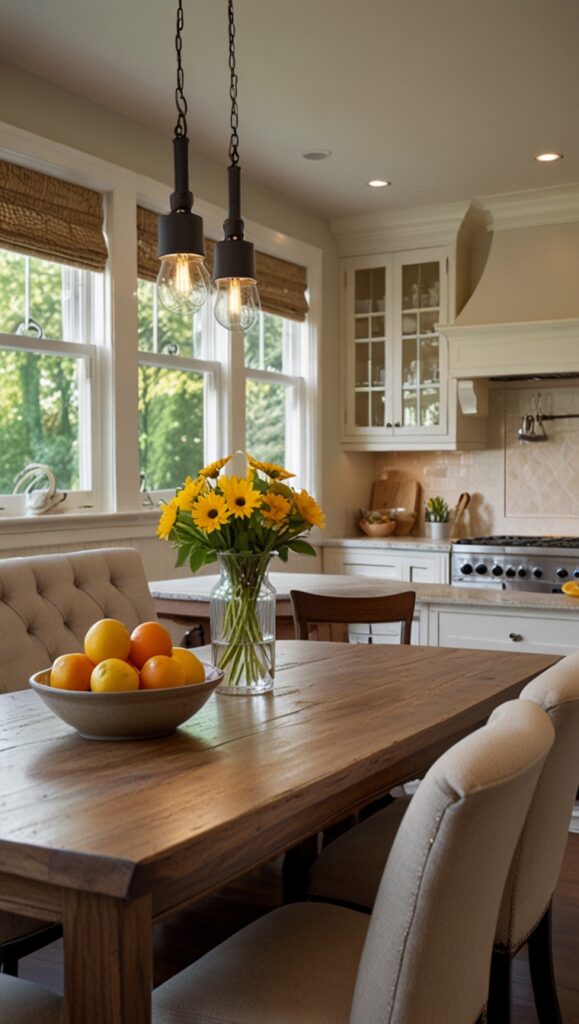
– Task vs. Ambient Lighting: Balance the use of task lighting (under cabinet lights, pendant lights over the island) and ambient lighting (ceiling fixtures, recessed lights) to ensure adequate illumination and color distribution.
– Dimmers: Install dimmer switches for your lighting fixtures to easily adjust the intensity and color temperature based on the time of day or desired ambiance.
– Energy Efficiency: Choose energy-efficient lighting options like LED bulbs that come in a variety of color temperatures and can help save on utility costs in the long run.
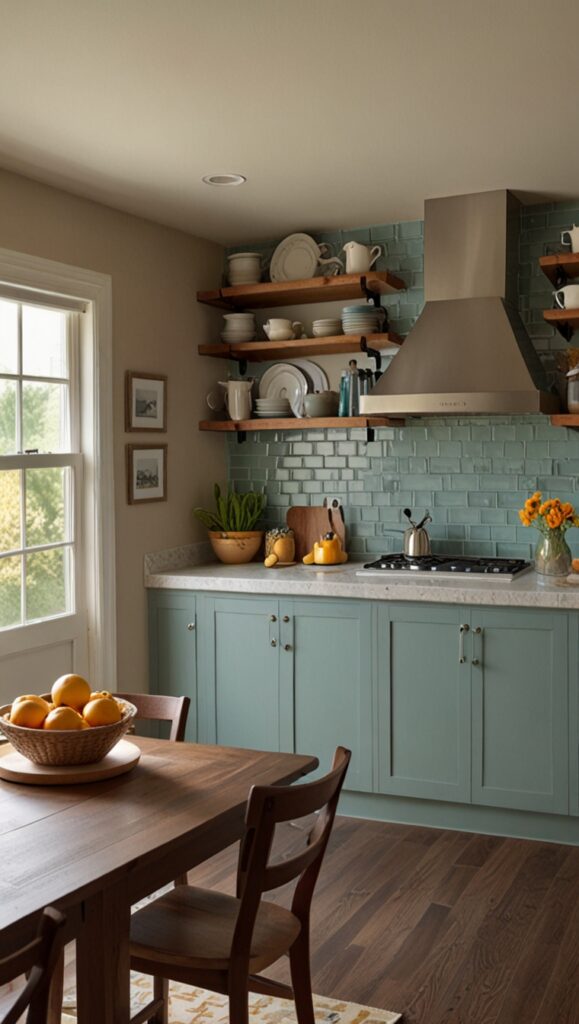
When it comes to balancing different colors in kitchen lighting fixtures for a cohesive look, the key is to maintain a sense of harmony and visual balance. Here are some tips:
– Color Scheme: Stick to a cohesive color scheme for your lighting fixtures that complements the overall palette of your kitchen. For example, if your kitchen features predominantly warm tones, opt for lighting fixtures in a similar color family.
– Accent Colors: Use lighting fixtures in accent colors to add a touch of visual interest and personality to your kitchen. Consider colors that are present in small doses throughout the space, such as in decorative accessories or textiles.
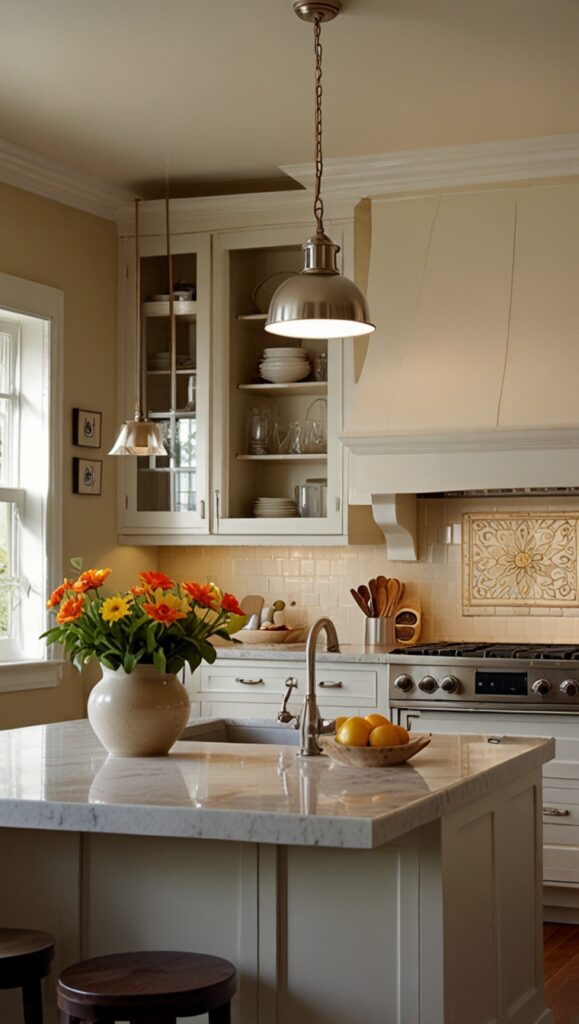
– Contrast: Create contrast by incorporating lighting fixtures in colors that are opposite to the dominant tones in your kitchen. This can help create a dynamic and visually appealing space.
– Consistency: Maintain consistency in the style and finish of your lighting fixtures to ensure a cohesive look. Mixing too many different colors and styles can result in a cluttered and chaotic aesthetic.
When it comes to mixing and matching different colored lighting fixtures in your kitchen, the key is to do so thoughtfully and strategically. Here are some guidelines to follow:
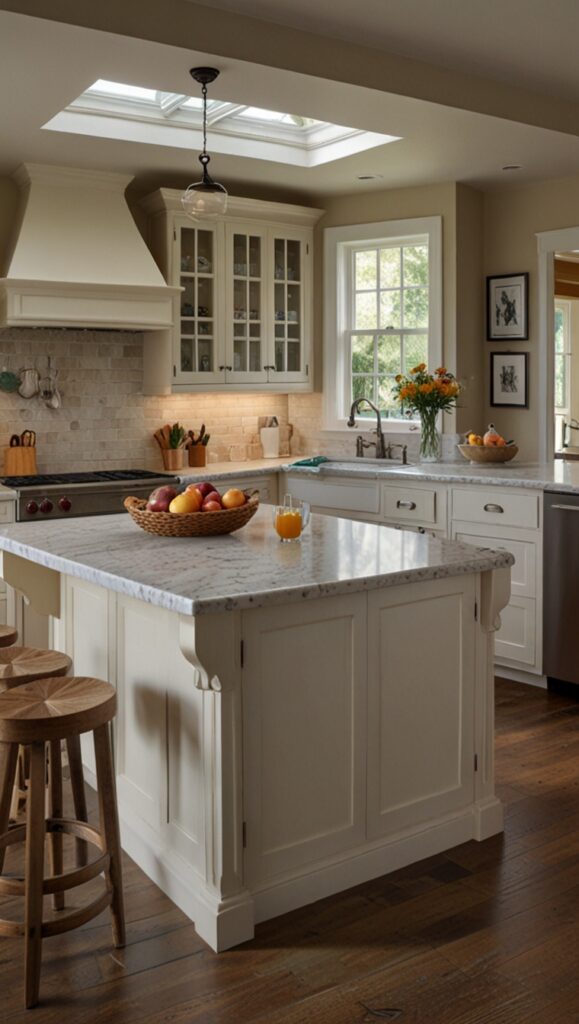
– Complementary Colors: Choose colors that are harmonious and complement each other well. Consider using a color wheel to guide your selection and identify colors that are opposite or adjacent to each other.
– Tonal Variation: Experiment with different shades of the same color to create depth and dimension in your kitchen. For example, pairing light blue pendant lights with a darker blue ceiling fixture can add visual interest.
– Texture and Finish: Mix and match lighting fixtures with different textures and finishes to create a layered and eclectic look. Consider combining matte and metallic finishes or glass and metal elements for added visual impact.
– Visual Flow: Ensure that the arrangement of your colored lighting fixtures contributes to a visually cohesive flow throughout the space. Consider placing fixtures of similar colors in strategic locations to create a sense of balance.
In addition to aesthetics, color temperature plays a crucial role in setting the right mood and ambiance in your kitchen. Here’s how to determine which color temperature is best for your kitchen lighting:
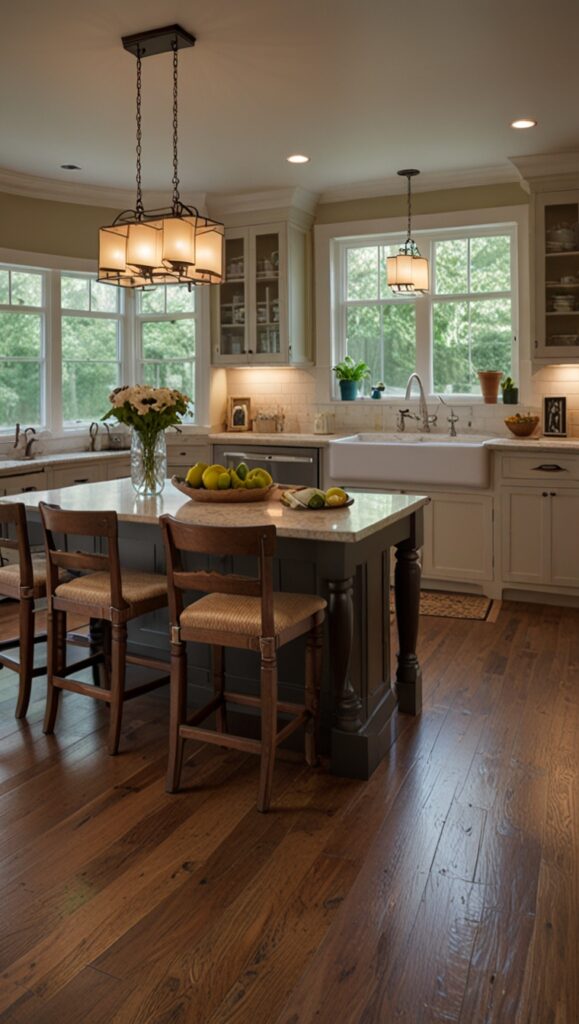
– Warm vs. Cool: Decide whether you prefer a warm, inviting atmosphere or a crisp, energizing feel in your kitchen. Warm temperatures (2700-3000K) are ideal for creating a cozy vibe, while cool temperatures (4000-5000K) can enhance task lighting and visibility.
– Natural Light: Consider the amount of natural light in your kitchen when selecting color temperatures for your lighting fixtures. Spaces with ample natural light may benefit from cooler temperatures to balance out the warmth.
– Functionality: Think about the primary activities that take place in your kitchen. For cooking and meal prep areas, task lighting with cooler temperatures can improve visibility and accuracy. In dining or gathering areas, warmer temperatures can create a more relaxed and inviting atmosphere.
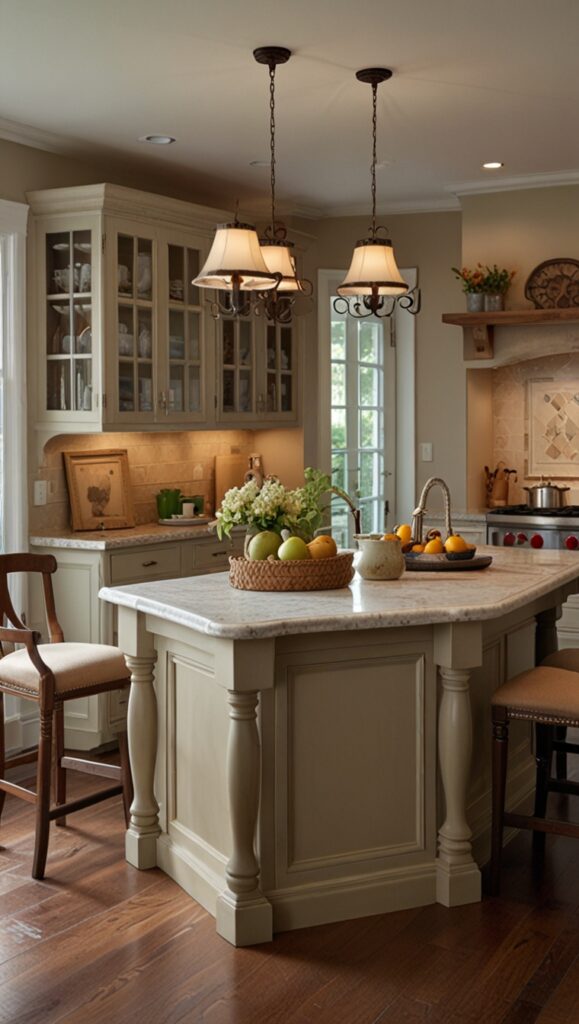
– Personal Preference: Ultimately, the choice of color temperature comes down to personal preference and the mood you want to evoke in your kitchen. Consider experimenting with different options to find the perfect balance for your space.
When looking for budget-friendly options to add color through lighting fixtures in your kitchen, consider the following ideas:
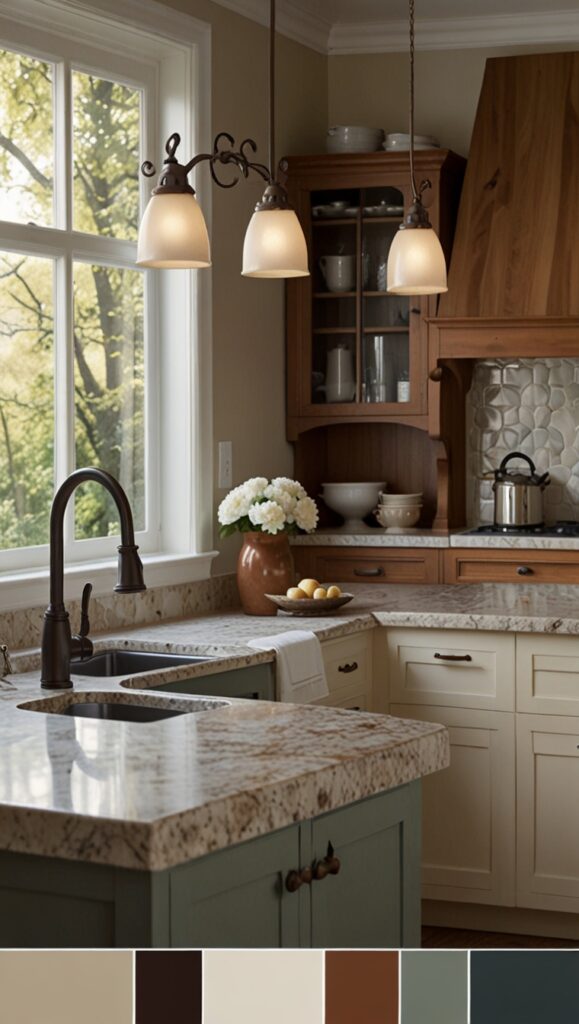
– DIY Painting: Transform basic light fixtures by painting them in a color of your choice. Use spray paint or metal-friendly paint for a quick and affordable update that can add a pop of color.
– Colored Bulbs: Opt for colored LED bulbs or tinted glass shades to introduce color without the need for new fixtures. These bulbs are available in a variety of hues and can be easily swapped out for a different look.
– Discount Retailers: Shop at discount retailers or online marketplaces for affordable lighting fixtures in a range of colors. Keep an eye out for sales, clearance items, or secondhand options to score colorful fixtures at a fraction of the price.
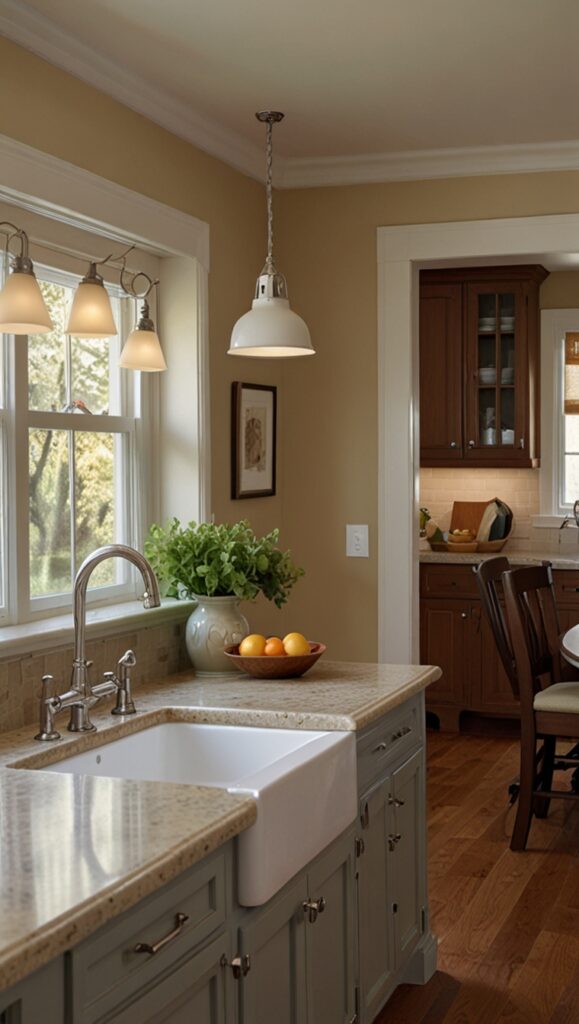
– Mix and Match: Create a colorful look by mixing and matching different colored fixtures from various sources. This eclectic approach can result in a unique and personalized kitchen lighting design without breaking the bank.
– Decorative Elements: Incorporate colorful accessories like lampshades, string lights, or pendant covers to add touches of color to your existing fixtures. These small additions can make a big impact on the overall look of your kitchen.
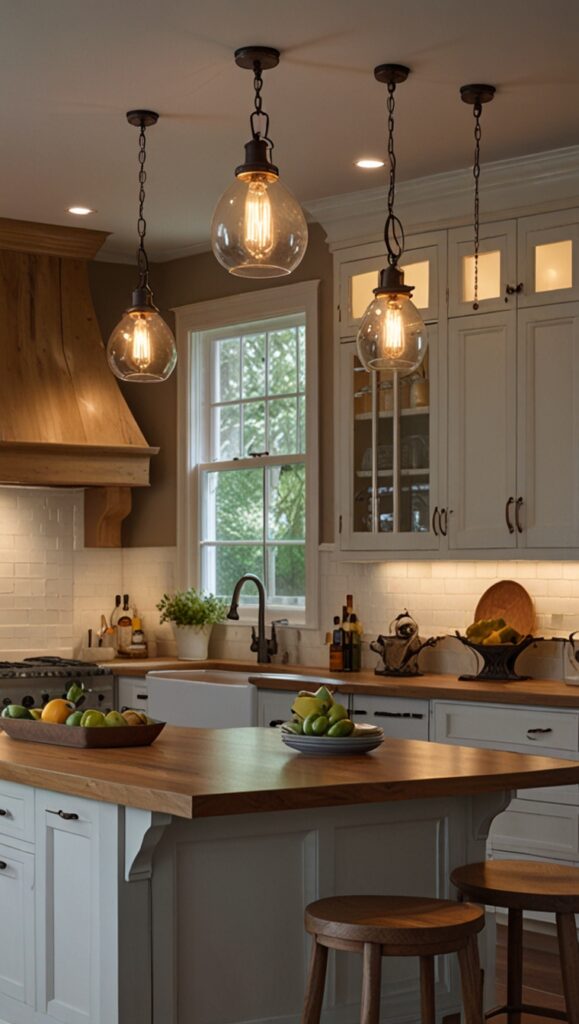
When coordinating the color of your lighting fixtures with other elements in your kitchen decor, consider the following tips:
– Color Palette: Start by identifying the dominant colors in your kitchen, such as cabinet finishes, countertop materials, or wall paint. Choose lighting fixtures that either complement or contrast with these colors for a cohesive look.
– Metal Finishes: Coordinate the metal finishes of your lighting fixtures with other hardware and accessories in the space. Match stainless steel fixtures with stainless steel appliances or brass fixtures with brass drawer pulls for a unified aesthetic.
– Accents and Accessories: Tie in the color of your lighting fixtures with other decorative elements in the kitchen, such as throw pillows, rugs, or artwork. This can help create a sense of visual continuity and balance throughout the space.
– Consideration of Undertones: Pay attention to the undertones of colors in your kitchen to ensure a harmonious color scheme. For example, if your cabinets have warm undertones, select lighting fixtures with similar warm hues to create a seamless transition.
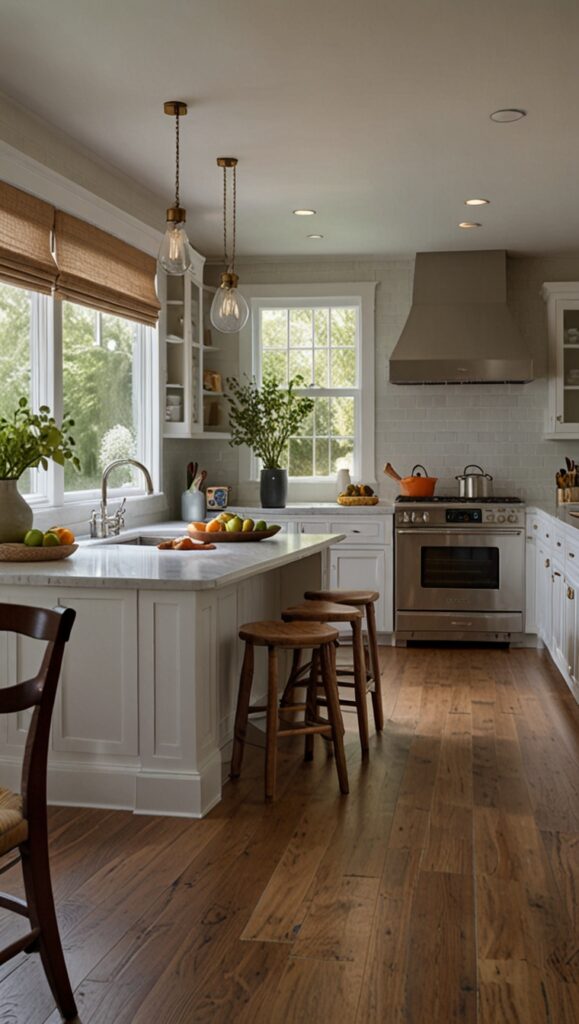
– Balance and Proportion: Distribute colored lighting fixtures evenly throughout the space to achieve a balanced look. Avoid clustering fixtures of the same color in one area and instead spread them out to create a cohesive and harmonious design.
– Layered Lighting: Incorporate a mix of ambient, task, and accent lighting in coordinating colors to create depth and dimension in your kitchen. This layered approach can enhance the overall ambiance and functionality of the space.
Specific types of lighting fixtures work best for adding color in a kitchen setting based on their design, functionality, and impact. Here are some options to consider:
– Pendant Lights: Pendant lights are versatile fixtures that can introduce color in various ways, such as colored glass shades, fabric covers, or painted metal finishes. Hang pendant lights above islands, sinks, or dining areas to create focal points and add color contrast.
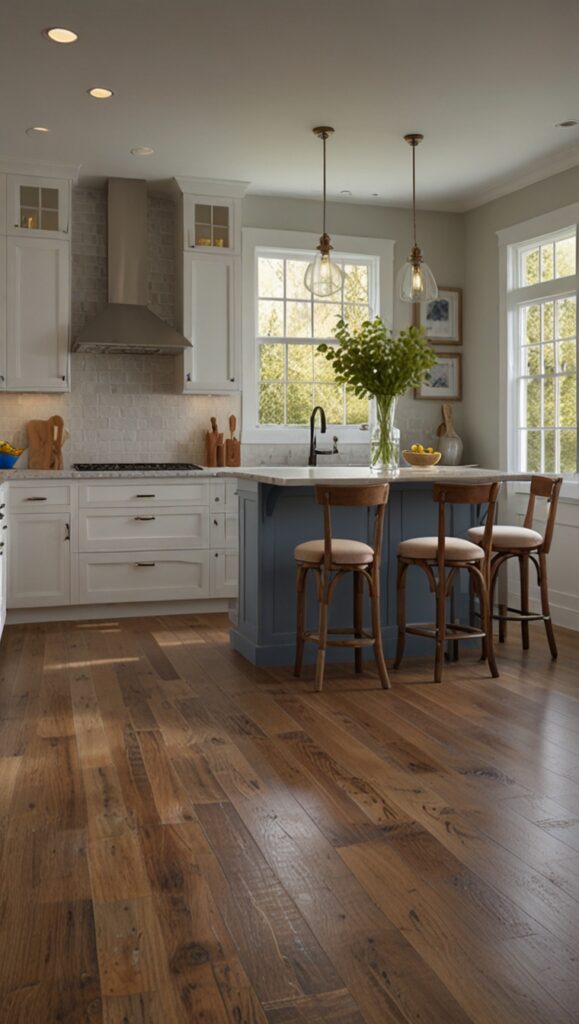
– Under Cabinet Lighting: LED strips or puck lights installed under cabinets can add subtle accents of color to your kitchen. Choose colored LEDs or tinted covers to create a soft ambient glow and enhance the overall mood of the space.
– Chandeliers: Chandeliers come in a wide range of styles and colors, making them effective statement pieces in a kitchen. Opt for a colorful chandelier with multiple bulbs to illuminate the space and serve as a decorative focal point.
– Track Lighting: Track lighting systems allow for customizable configurations and directional lighting, making them ideal for highlighting specific areas in the kitchen. Choose track heads with colored shades or lenses to add a splash of color to your space.
– Wall Sconces: Wall sconces can provide both ambient and accent lighting while adding color vertically to your kitchen walls. Select sconces with colored shades or decorative elements to enhance the overall design of your space.
– Flush Mounts: Flush mount fixtures are practical ceiling lights that can be a subtle way to introduce color in your kitchen. Look for flush mounts with colorful glass diffusers or patterned shades to elevate the style of your ceiling lighting.
In conclusion, incorporating color into your kitchen through lighting fixtures offers endless opportunities for creativity, personalization, and visual impact. By carefully selecting the right fixtures, balancing colors effectively, mixing and matching thoughtfully, and coordinating with other design elements, you can transform your kitchen into a vibrant and stylish space that reflects your unique aesthetic and personality.
Key Takeaways:
– Color Temperature: Choose warm tones for a cozy atmosphere and cool tones for task lighting.
– Fixture Coordination: Ensure that your lighting fixtures complement the color palette of your kitchen.
– Mix and Match: Experiment with different colors and textures to create a dynamic look.
– Budget-Friendly Options: DIY painting, colored bulbs, and discount shopping can help you add color affordably.
– Coordinated Design: Coordinate the color of your lighting fixtures with other elements in your kitchen decor.
– Specific Fixtures: Consider pendant lights, under cabinet lighting, chandeliers, track lighting, wall sconces, and flush mounts for adding color in a kitchen setting.

